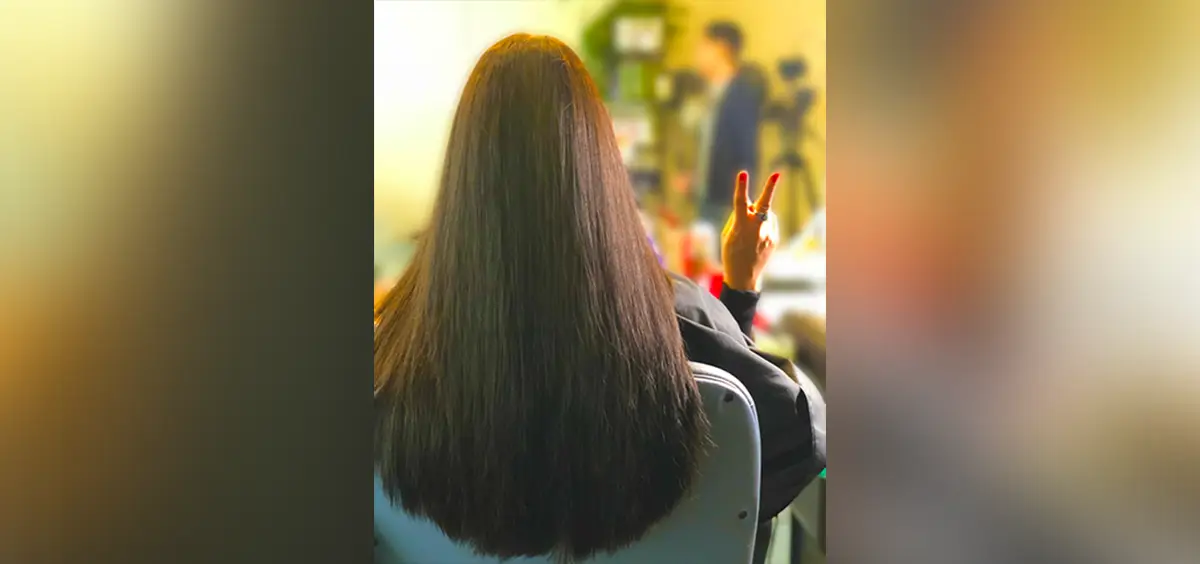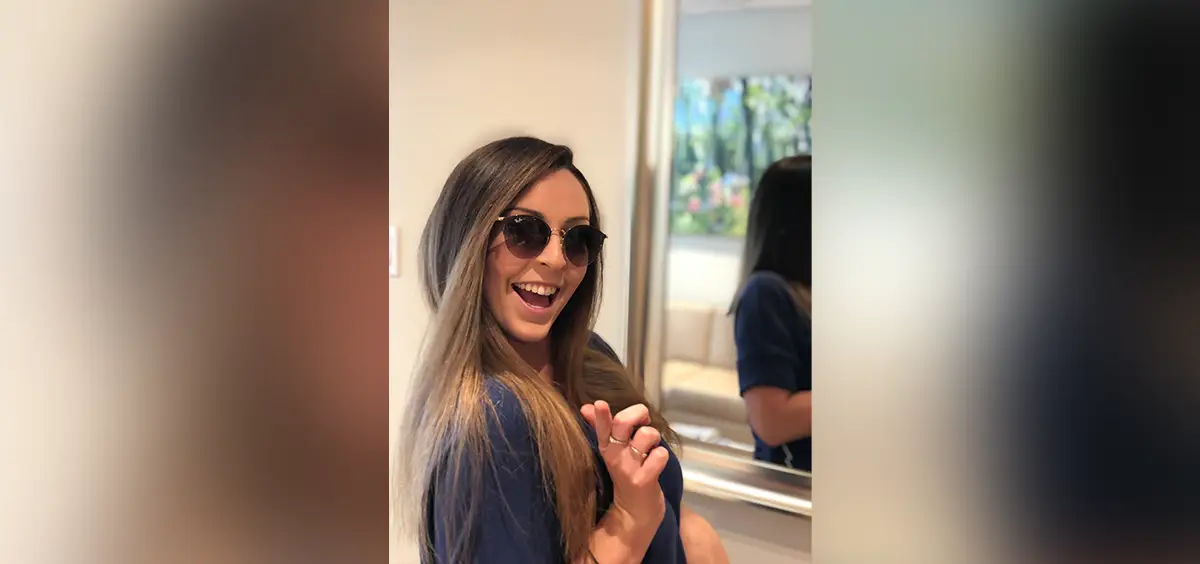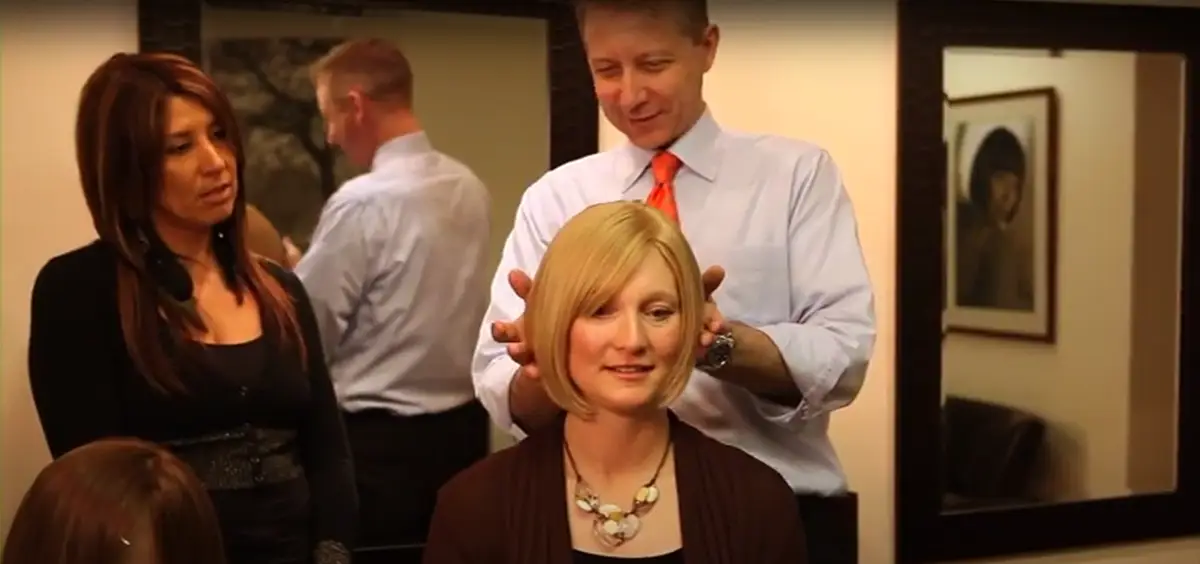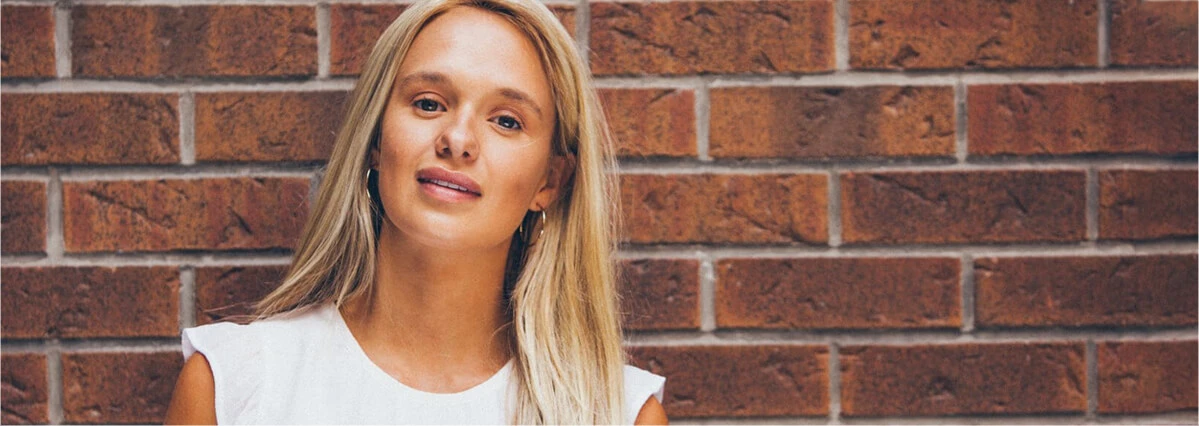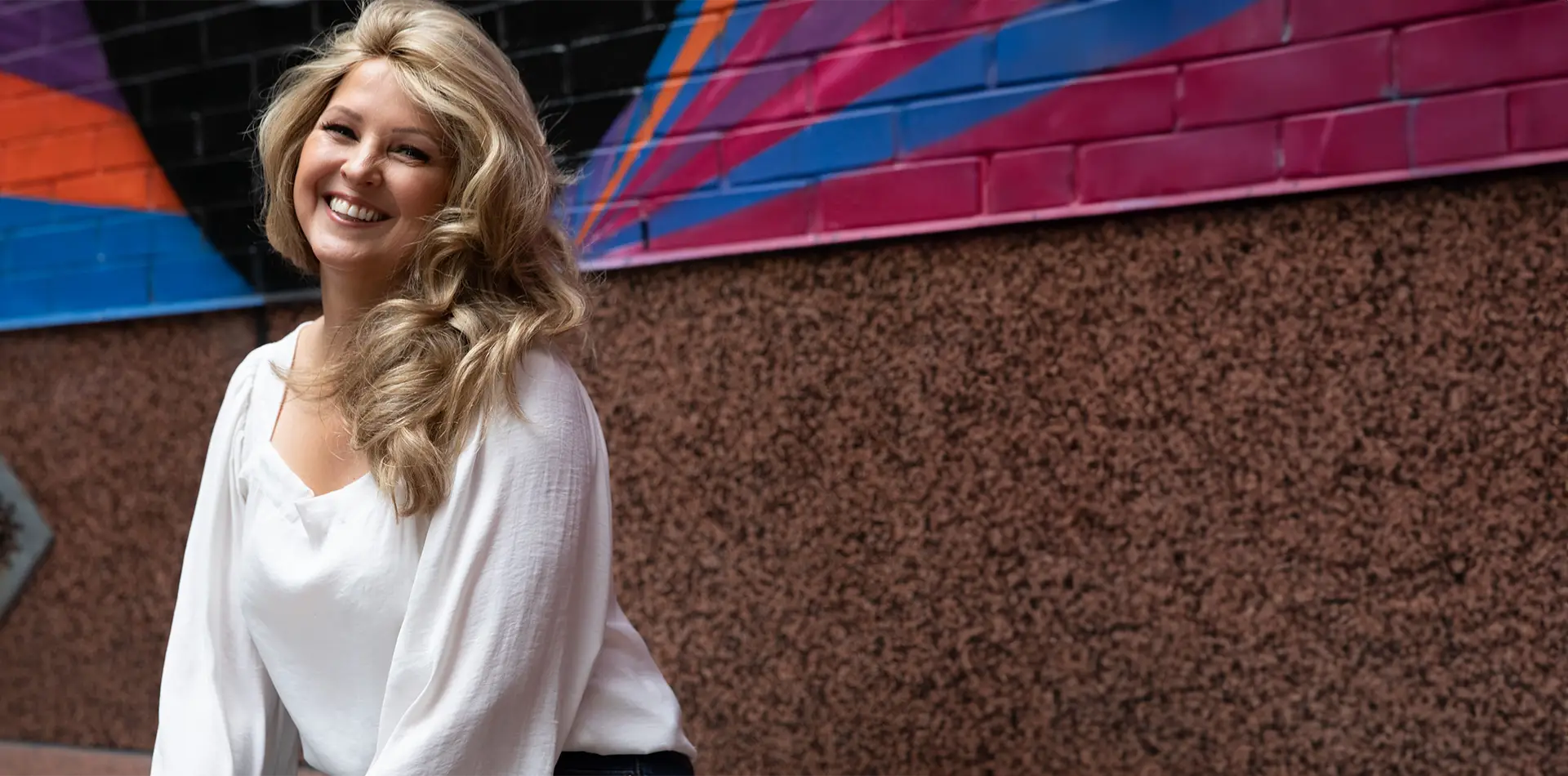Heat Styling and Hair Damage: How to Protect Your Hair from Breakage
Heat styling has become popular for achieving sleek, straight hair, bouncy curls, and voluminous looks. However, frequent tools like flat irons, curling wands, and blow dryers can weaken hair’s natural protein structure, strip away essential moisture, and lead to dryness, breakage, and split ends.
Despite these risks, maintaining healthy hair while using heat styling tools is possible with the right approach. Individuals can prevent heat damage and preserve hair strength by incorporating heat protectants, adjusting styling techniques, and exploring alternative methods.
Additionally, wigs and hairpieces offer a protective alternative, allowing for versatile styling while minimizing heat exposure.
How Heat Styling Works
Heat styling tools such as blow dryers, flat irons, curling wands, and hot rollers apply direct heat to the hair to reshape its structure. Hair primarily comprises keratin, a protein that gives it strength and elasticity. When heat is used, it temporarily breaks hydrogen bonds in the hair shaft, allowing it to be reshaped. However, excessive or frequent heat exposure can cause permanent damage by stripping hair of moisture and altering its protein structure.
Recognizing and Preventing Heat Damage

Heat styling tools can transform hair’s appearance, but frequent or improper use can lead to long-term damage. Understanding the early signs of heat damage and the factors that contribute to it can help prevent irreversible harm.
Common Signs of Heat Damage
Heat-damaged hair often exhibits noticeable changes in texture, appearance, and overall manageability. Some key warning signs include:
- Dryness and Brittleness – Heat strips the hair of its natural moisture, leaving strands rough, dehydrated, and more prone to breakage.
- Increased Breakage and Split Ends – Heat exposure weakens the hair’s protein structure, causing split ends and breakage, especially along the mid-lengths and tips.
- Loss of Natural Curl or Wave Pattern – Frequent high-heat styling can permanently alter hair’s natural texture, leading to limp, lifeless strands that no longer hold their original shape.
- Dullness and Frizz – When hair cuticles become damaged, they no longer lay flat, causing frizz, increased tangling, and a loss of natural shine.
- Rough Texture and Difficulty Styling – Damaged hair often feels coarse, unmanageable, and resistant to styling, making it harder to maintain smooth, polished looks.
Key Factors That Contribute to Heat Damage
Several habits and environmental factors can accelerate heat-related damage. Being aware of these risks can help prevent further harm to your hair.
- Frequent Styling – Using heat tools daily or multiple times a week weakens hair over time, reducing its ability to retain moisture and elasticity.
- High Temperatures – Setting styling tools above 350°F (180°C) can cause protein breakdown in hair, leading to irreversible structural damage. Fine or chemically treated hair is especially vulnerable to high heat.
- Lack of Heat Protection – Skipping heat protectant sprays or serums exposes hair to extreme temperatures, increasing moisture loss and breakage.
- Using Heat on Wet or Damp Hair – Applying heat to wet strands (especially with a flat iron) can cause the water inside the hair shaft to expand and create bubbles, leading to internal breakage.
- Overuse of Chemical Treatments – Hair bleached, permed, or chemically relaxed is more fragile and less heat-resistant, making it more susceptible to further damage.
How to Prevent Heat Damage
- Limit Heat Styling – Try to reduce the frequency of heat tool usage and opt for heatless styling methods whenever possible.
- Use a Heat Protectant – Always apply a heat protectant product before using styling tools to create a barrier that reduces moisture loss.
- Adjust Temperature Settings – Choose the lowest effective heat setting for your hair type, avoiding temperatures above 300°F (150°C) for fine hair and 350°F (180°C) for thick or coarse hair.
- Give Hair a Break – Incorporate protective styles, deep conditioning treatments, and hair masks to restore moisture and strengthen strands between styling sessions.
By recognizing the early signs of heat damage and adjusting styling habits accordingly, it’s possible to maintain healthier, stronger hair while still enjoying the benefits of heat styling.
Repairing and Strengthening Heat-Damaged Hair
Deep Conditioning and Hair Masks
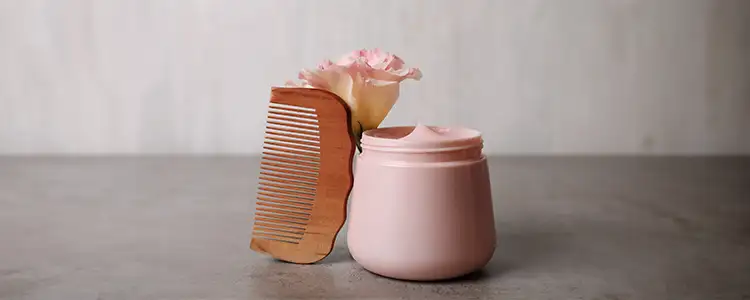
Hydrating treatments help restore moisture to heat-damaged hair. Look for masks containing:
- Keratin and biotin – Strengthen hair fibers.
- Avocado, coconut, or argan oil improves elasticity and hydration.
- Aloe vera and glycerin help retain moisture.
Protein Treatments
Protein treatments replenish keratin lost due to heat damage. However, overuse can make hair brittle, so they should be applied every few weeks rather than weekly.
Trimming and Protective Hairstyles
- Regular trims prevent split ends from traveling up the hair shaft.
- Low-manipulation styles like braids, buns, or twists reduce further stress on heat-damaged hair.
The Role of Hair Pieces in Heat Damage Prevention
Wigs, hair toppers, and clip-in extensions are excellent ways to switch up hairstyles without exposing natural hair to excessive heat. Instead of regularly using flat irons, curling wands, or blow dryers, protective hairpieces allow for styling versatility while keeping the hair underneath healthy and damage-free. These options are especially beneficial for individuals looking to grow out damaged hair, protect fragile strands, or reduce the need for daily heat styling.
Protective hairpieces come in a variety of types, each serving different needs:
- Full Wigs – Cover the entire scalp and can be styled in various ways without impacting natural hair.
- Human Hair Toppers – Provide extra volume and coverage for thinning or damaged hair while blending seamlessly with natural strands.
- Clip-In Extensions – Offer temporary length and fullness without requiring heat styling.
- Lace Front Wigs – Create a natural-looking hairline while allowing for different parting styles.
Choosing the Right Hairpiece for Maximum Protection
Selecting the correct wig or hairpiece depends on personal styling needs and how much natural hair is covered. Some key factors to consider include:
Material
- Human Hair Wigs and toppers offer the most natural look and feel and can be heat-styled sparingly. However, using heat on a human hair wig still requires protection to extend its lifespan.
- Synthetic Hairpieces – Pre-styled and lower maintenance, but most synthetic options do not tolerate heat well. Heat-resistant synthetic wigs are available for those who prefer styling flexibility.
Cap Construction
- Lace Front Wigs – Mimic is a natural hairline and allows for realistic parting.
- Monofilament Wigs & Toppers – Provide a more natural scalp appearance with individual hair strands hand-tied for realistic movement.
How to Care for Natural Hair Under Wigs and Hairpieces
While wigs and toppers protect against heat damage, proper scalp and hair care underneath is important as well. A healthy foundation ensures natural hair remains firm, hydrated, and damage-free while wearing protective styles. To extend the longevity of their hair systems, especially during Canadian winters, Toronto locals should consider the following care tips:
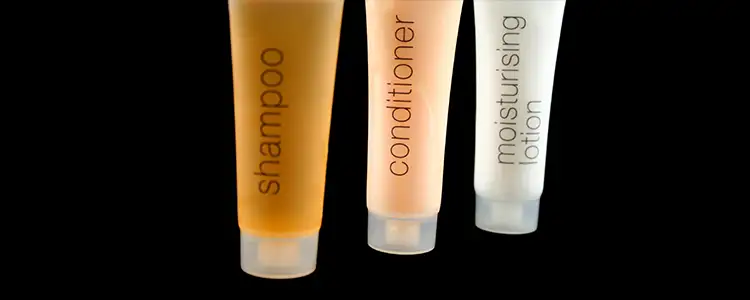
Moisturizing and Scalp Care
- To keep hair hydrated, regularly apply lightweight leave-in conditioners and oils (e.g., jojoba oil and argan oil).
- Use a breathable wig cap to allow airflow to the scalp and prevent excessive sweating, which can lead to irritation.
- Massage the scalp daily to stimulate circulation and promote hair growth.
Protecting Natural Hair from Friction and Breakage
- Use a satin or silk wig cap to minimize friction, especially for individuals with curly or textured hair.
- Braid or twist natural hair underneath wigs and toppers to reduce tangling and matting.
- Avoid tight wig bands and adhesive glues that can stress the hairline and lead to traction alopecia.
Proper Maintenance of Wigs and Hair Toppers
- Wash human hair wigs every 7–10 wears using sulfate-free shampoos and conditioners.
- Avoid excessive brushing on synthetic wigs, which can cause frizz and tangling.
- Store wigs on a wig stand to maintain shape and longevity.
Temporary vs. Long-Term Solutions
For those looking for a temporary styling break, clip-in extensions and synthetic hairpieces offer short-term protection from heat. However, for individuals recovering from heat damage or experiencing thinning, wigs and toppers can serve as a long-term protective solution.
Whether used daily or occasionally, hairpieces provide a stylish and practical way to avoid excessive heat exposure. Investing in high-quality wigs, toppers, or extensions and maintaining a proper hair care routine allows one to enjoy various hairstyles while keeping natural hair healthy and strong.
Alternative Styling Methods for Healthier Hair
Heatless Curls and Waves
- Flexi rods, perm rods, and foam rollers create curls without heat.
- Braiding or twisting damp hair overnight for waves.
Enhancing Natural Hair Texture
- Use curl creams and styling gels to define curls or waves.
- Lightweight leave-in conditioners help keep hair soft and manageable.
Using Low-Heat Tools
- Steam-based styling tools offer gentler styling.
- Hooded dryers and diffusers evenly distribute heat with minimal damage.
Conclusion
Protecting hair from heat damage doesn’t mean giving up on styling altogether. You can enjoy
stylish, healthy hair without sacrificing strength by following best practices such as using heat
protectants, investing in quality tools, and exploring heat-free styling alternatives. For those who
want to minimize heat exposure, wigs and hairpieces offer an excellent solution for switching up
styles while protecting natural hair. Healthy hair is about balance—understanding when to use
heat responsibly and when to give your strands a break. Proper care ensures your hair can
remain strong, shiny, and resilient for years.



